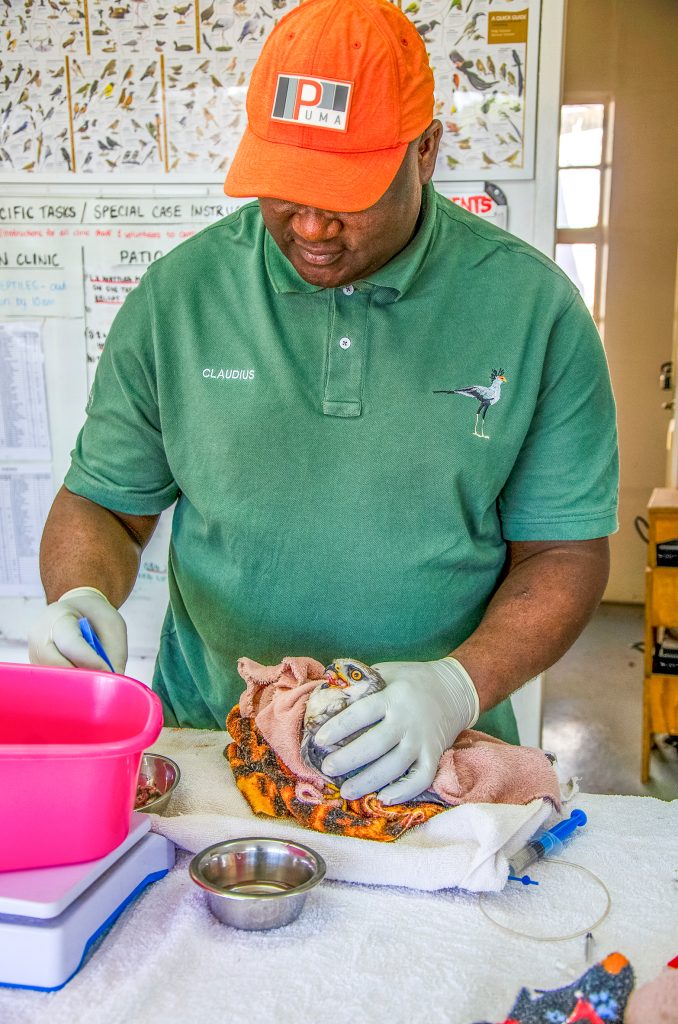How we Help
How we care for wildlife from rescue to release
Each year, thousands of wild animals become orphaned, injured, ill, or displaced due to urban development, habitat loss, and human impact. At Friends of Free Wildlife, we provide a temporary refuge for compromised indigenous birds, mammals, reptiles, amphibians, and invertebrates. Our dedicated team offers specialised treatment, care, and rehabilitation with the ultimate goal of releasing every animal back into its natural environment.

